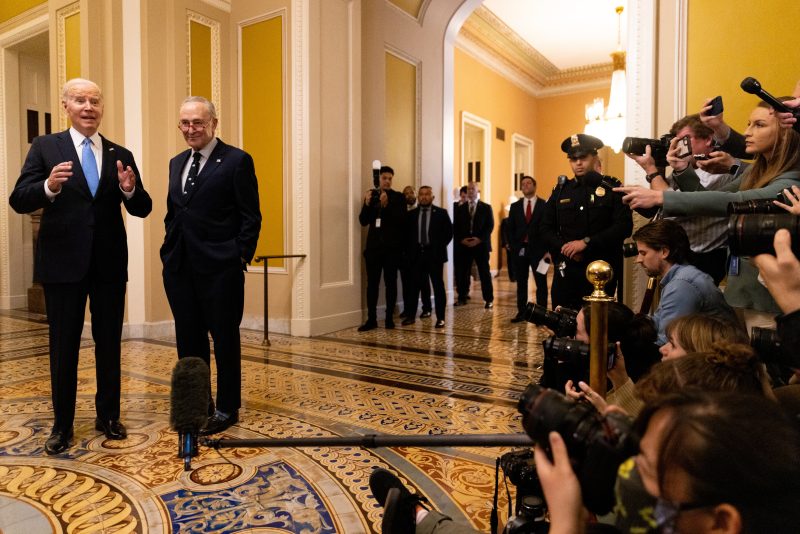The article presents a thorough analysis of the internal conflicts among Democrats in Congress regarding President Biden’s position as they reconvene in Washington. The perceived leadership and credibility challenges facing the Biden administration have generated a divisive atmosphere within the Democratic caucus as they navigate the legislative agenda moving forward.
The diverging opinions within the party are prominently illustrated by the remarks made by various Democratic lawmakers. Some members have expressed unwavering support for President Biden, applauding his efforts and accomplishments thus far. They emphasize the importance of unity within the party and the necessity of rallying behind the President, especially amidst the challenging political landscape.
Conversely, a contingent of Democrats has raised concerns about Biden’s ability to effectively lead the country and deliver on campaign promises. These critics cite a range of issues, including the handling of the Afghanistan crisis, the administration’s response to the COVID-19 pandemic, and the faltering approval ratings as evidence of leadership shortcomings. This skepticism has fueled debates and internal clashes within the party, reflecting a broader struggle to define the party’s direction and priorities.
The article delves into the complexities of partisan dynamics and power struggles that underscore these internal rifts. While some Democrats emphasize the need for loyalty and solidarity, others advocate for a more critical and discerning approach to hold the administration accountable and address the mounting challenges facing the nation.
The article also highlights the broader implications of this internal discord on the Democratic agenda in Congress. The ability to advance key legislative initiatives, such as the Build Back Better plan, immigration reform, and voting rights measures, may hinge on the internal cohesion and resolve of the Democratic caucus. As lawmakers grapple with these internal divisions, the prospects for meaningful progress on critical issues remain uncertain.
In conclusion, the article underscores the complex landscape facing Democrats in Congress as they deliberate Biden’s leadership and the party’s trajectory. The internal tensions and disagreements among lawmakers reflect a broader struggle to navigate the current political climate and effectively address the pressing challenges confronting the nation. Moving forward, the ability of Democrats to reconcile their differences and forge a unified path will be crucial in shaping the outcome of key policy decisions and determining the party’s future direction.




























